
Notes from Nola
The Moravian Music Foundation wasn’t the beginning of research into Moravian music; that had begun many years before MMF’s founding in 1956. Master’s theses from the 1930’s; WPA-funded research; New York Public Library publications of the string quintets and some anthems by J. F. Peter; and the first 3 Early American Moravian Music Festivals and Seminars preceded the Foundation’s charter. So research into the music composed, copied, collected, and performed by the Moravians in America (and around the world) has been going on for a long time.
And we know a great deal now! We’ve cataloged most of the American Moravian music. Moravian music in many of the European collections is also cataloged and available on RISM (see GemeinKat blog post). Ove 100 doctoral studies have been completed. Books and articles have been published. Over 500 Moravian anthems were published by many different publishers, and over 80 are now in the Moravian Star Anthem Series, and becoming more widely known. Steglein Press continues their Musical Treasures from Moravian Archives series of publications with volume 1 of the Lititz Anthems of Johannes Herbst (congratulations, editor Jeffrey Gemmell!).
But Moravian music research is still in its infancy. Space won’t permit me to write about all the things I’d like to – all the gaps that I know still remain in our knowledge. But here are a few, and in a future post I’ll discuss more. These are just a few of the things I know we don’t know, relating to individual composers and their works:
- There’s still room for stylistic and analytic studies of music by composer and by location – for instance, compare the music written and performed in Bethlehem, Pennsylvania, from 1780-1790, to the music written and performed in Salem, North Carolina, during the same years. How different was that, too, from the music written and performed in Herrnhut, Germany?
- Who influenced whom? Did the composers active at the same time compare notes, so to speak? What did they learn from each other? For instance, what influence did Herbst’s copying have on his composition – can you trace the influence of the music of a particular composer on the music Herbst himself wrote after copying some music? Did he try new techniques after copying a work by, say, Peter?
- Where did they get the sources for the music they copied? For instance, there’s a set of flute duets which Peter says he copied in Salem in 1790. What was the source from which he copied them?
- What happened to the pieces that we know existed, but that we don’t now have? For instance, where are the 3 concertos for clarinet that Christian Latrobe writes about having composed?
So, friends of Moravian music … If you know of graduate students or scholars seeking research topics, please do them (and us!) a favor … Send them our way, and we’ll work to connect their research interests with a topic no one else has yet studied!
Next time … The George Hamilton IV Collection!
The Moravian Music Foundation preserves, shares, and celebrates Moravian musical culture.
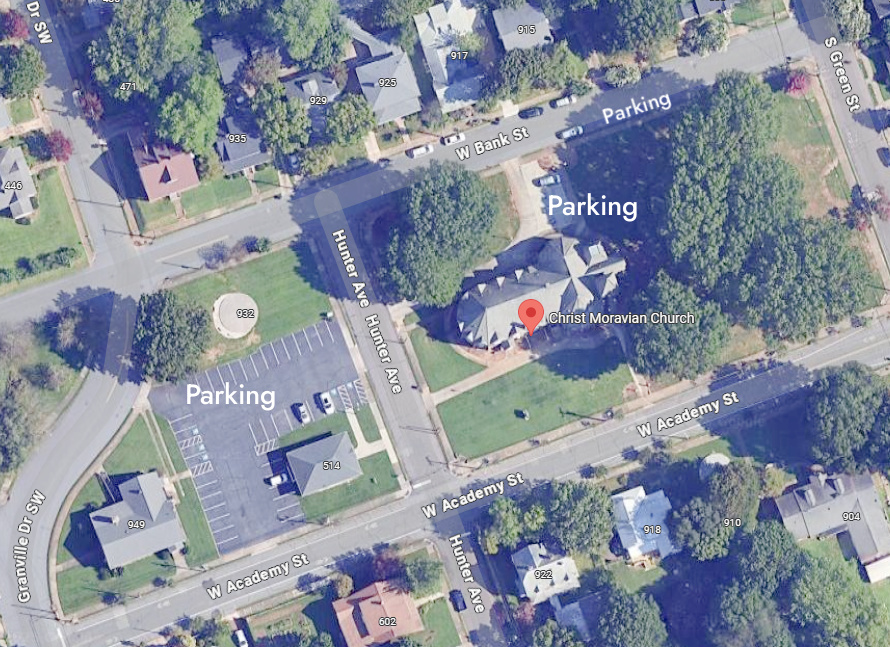
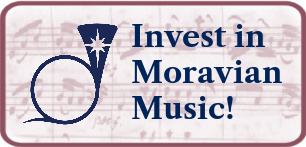

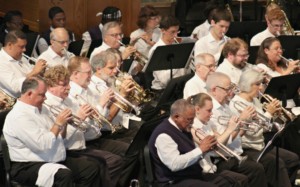
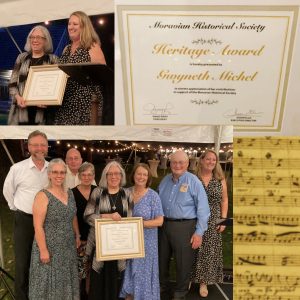
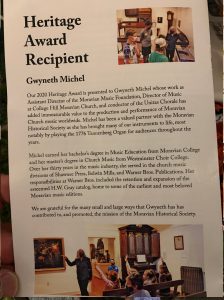
Leave a Reply